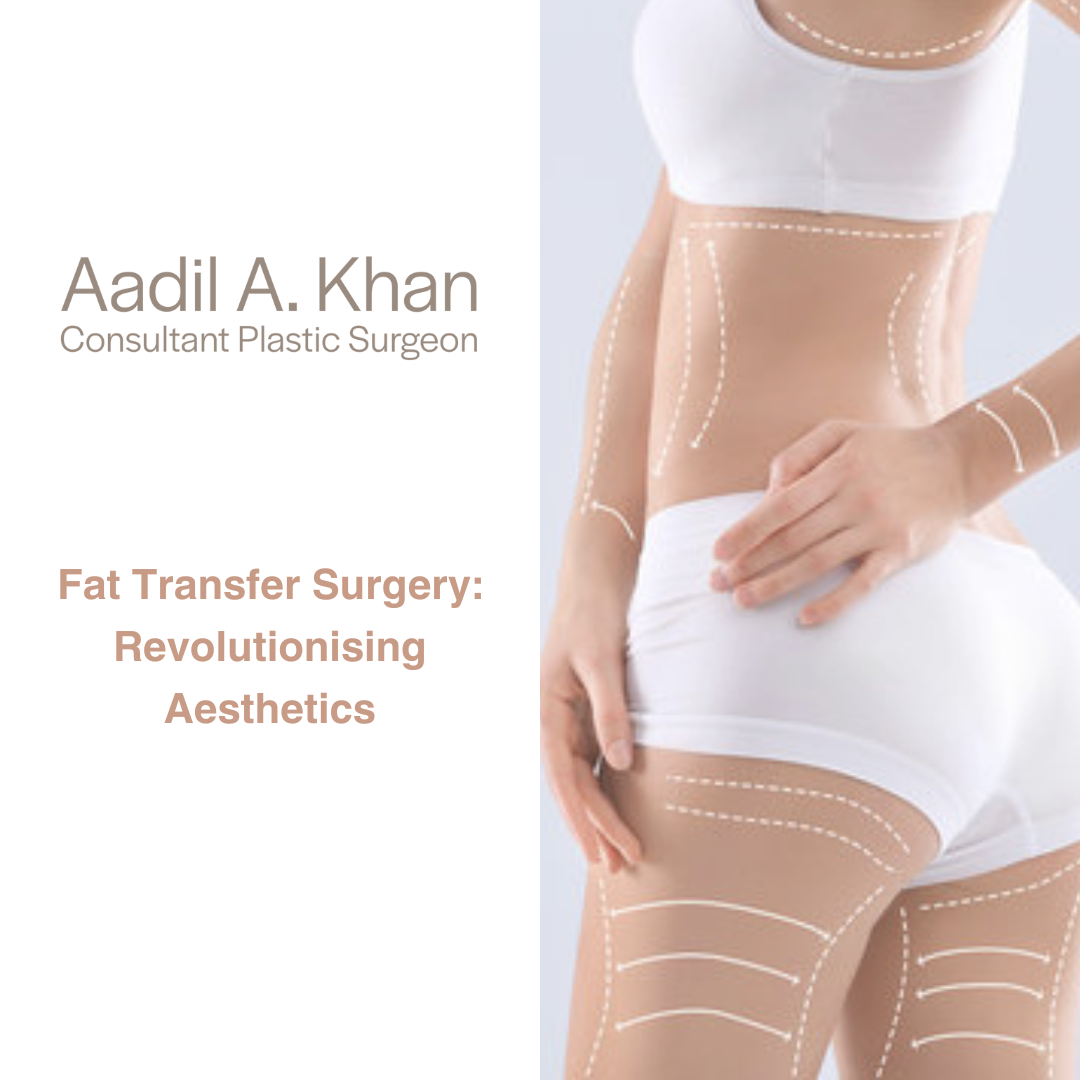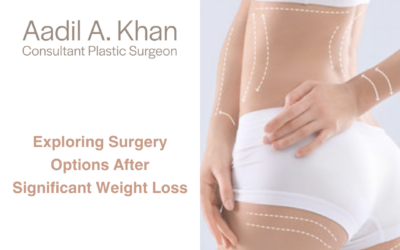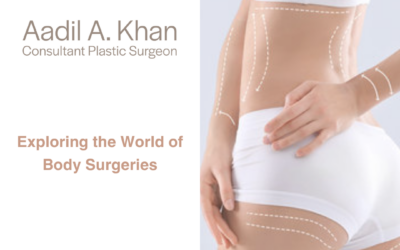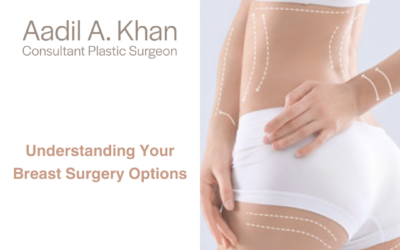In the realm of cosmetic procedures, fat transfer surgery has emerged as a revolutionary technique, offering individuals a dual benefit; reducing unwanted fat from certain areas and enhancing others for a more desired physique. This remarkable procedure, also known as fat grafting or autologous fat transfer, tailors to those seeking a more natural method of augmentation and rejuvenation.
The Essence of Fat Transfer
The principle behind fat transfer is elegantly simple yet profoundly effective. The procedure begins with liposuction, wherein fat is harvested from areas with excess fat, such as the abdomen, thighs, or hips. The extracted fat undergoes purification before being meticulously injected into the targeted areas needing volume, such as the face, breasts, buttocks, or hands.
This harmonious approach not only slims down areas of excess but also adds volume where desired, achieving a more balanced and proportionate physique. It sidesteps the need for synthetic implants or fillers, leveraging the body’s natural resources to enhance and sculpt.
Benefits Beyond Aesthetics
The allure of fat transfer surgery extends beyond its aesthetic improvements. Since the procedure uses the patient’s own body fat, the risk of allergic reactions or rejection is significantly minimised compared to synthetic materials. Furthermore, the results tend to be more natural-looking and longer-lasting, as the transferred fat integrates with the surrounding tissues.
Additionally, the procedure is less invasive than traditional implant surgeries, resulting in quicker recovery times and reduced scar tissue formation. Patients often report not just an enhancement in their physical appearance but a boost in self-confidence and well-being.
Ideal Candidates and Considerations
Ideal candidates for fat transfer surgery are individuals with sufficient fat deposits for extraction who desire augmentation or rejuvenation in other body parts. However, it’s crucial to have realistic expectations and understand that the body may reabsorb some of the transferred fat, potentially necessitating additional treatments for optimal results.
Consultation with a board-certified plastic surgeon is essential to assess suitability for the procedure, discuss expectations, and tailor a personalised surgical plan. Through such collaboration, fat transfer surgery can indeed redefine natural beauty, merging safe practices with transformative outcomes.




